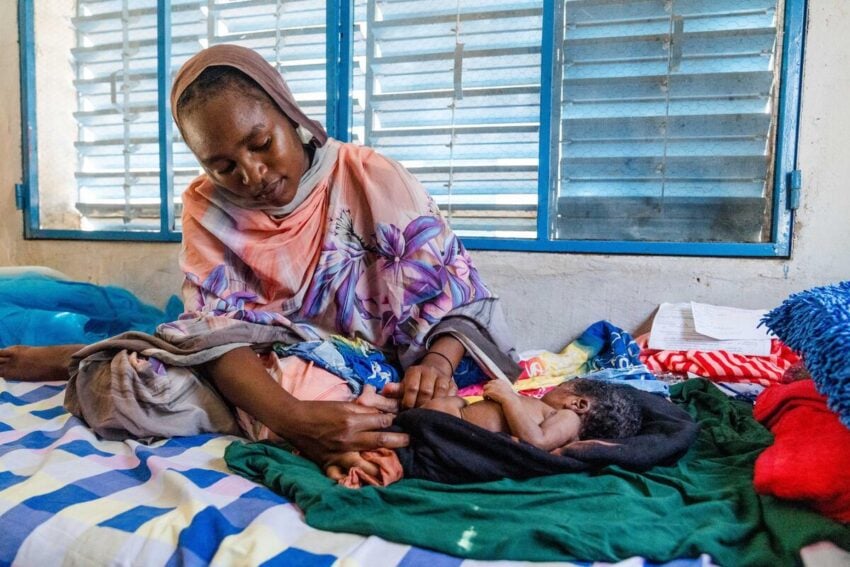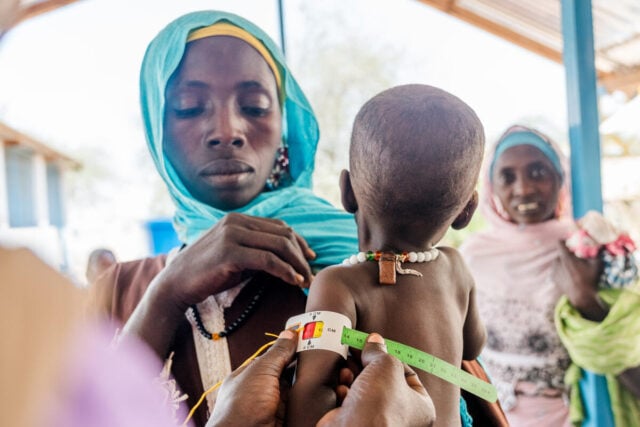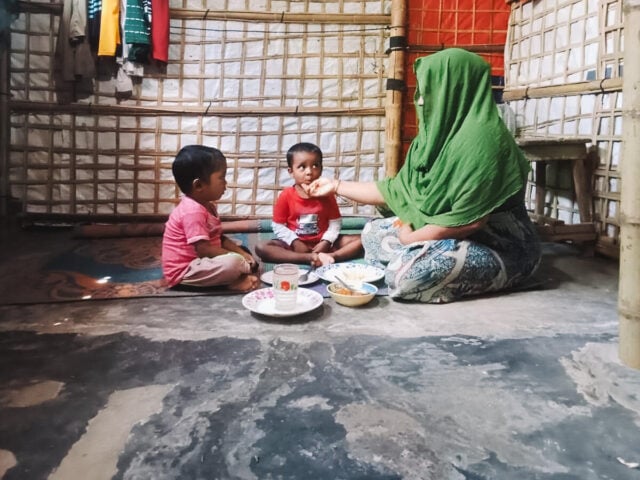Forced displacement reached a record 123.2 million people worldwide in 2024, driven by conflict, persecution, human rights violations, and instability, according to the United Nations Refugee Agency (UNHCR). The agency’s Global Trends report highlights the rise in displacement, with Sudan now facing the world’s largest displacement crisis due to escalating violence.
Other impacted countries include Venezuela, Syria, Afghanistan, Ukraine, Myanmar, the Democratic Republic of the Congo (DRC), South Sudan, and Haiti — each facing complex emergencies that have uprooted millions of lives.
Below, explore the top six countries most affected by forced displacement and discover how World Vision is responding to support refugees and displaced families. All refugee figures are based on UNHCR data as of the end of 2024.
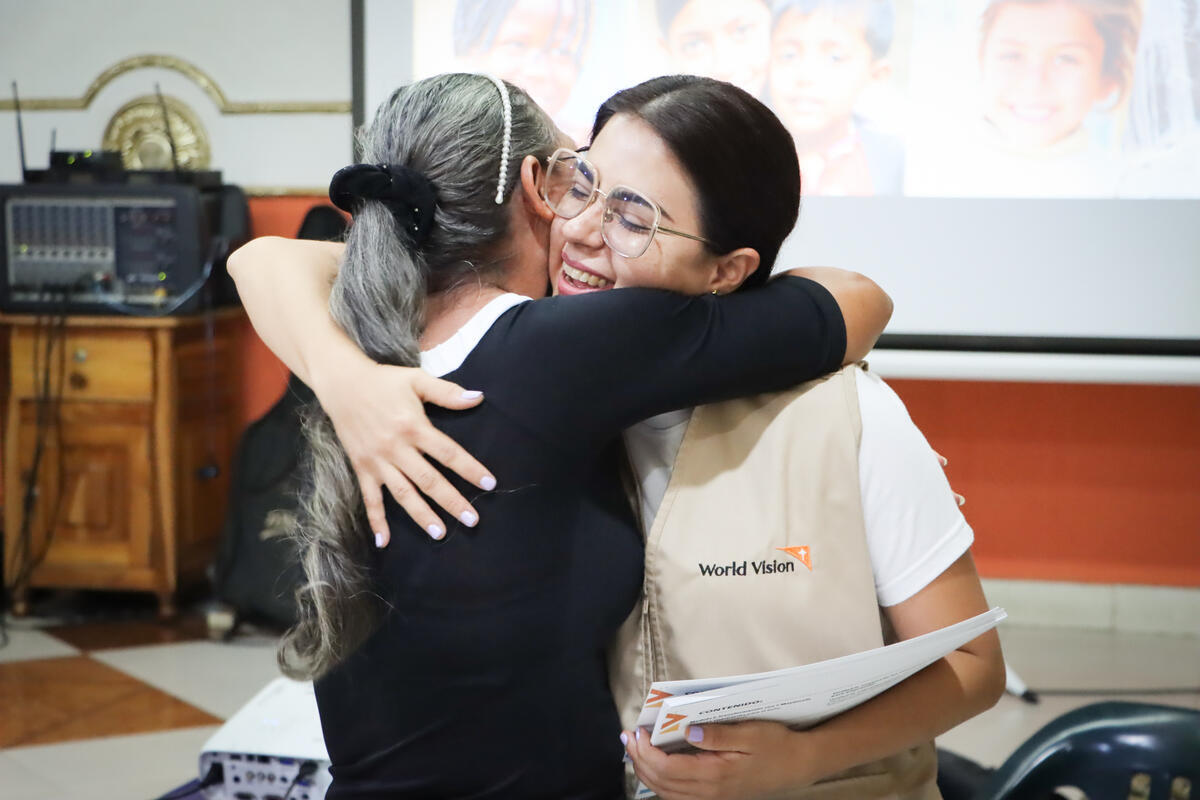
Venezuela — 6.2 million refugees and asylum seekers
Venezuela’s crisis has triggered one of the world’s largest displacement emergencies, with nearly 7.9 million people forced to flee since 2017 due to food shortages, lack of healthcare, and the search for safety and better opportunities. Most have remained in Latin America, including 2.8 million in Colombia, over 1 million in Peru, and hundreds of thousands more in Brazil, Chile, and Ecuador.
By the end of 2024, 370,200 Venezuelans were officially recognized refugees, and approximately 5.9 million others needed international protection — a 2% increase from the previous year.
World Vision is actively responding across the region, supporting children and families with nutritional aid, clean water, and access to essential health and education services in countries including Bolivia, Brazil, Chile, Colombia, Ecuador, Panama, and Peru.
Within Venezuela, we partner with local organizations to help families build a better future for their children. As of December 2024, our regional efforts have reached more than 2.58 million people. Our programs prioritize child protection, education, food security, clean water, sanitation and hygiene (WASH), and livelihood support to help communities recover and thrive.
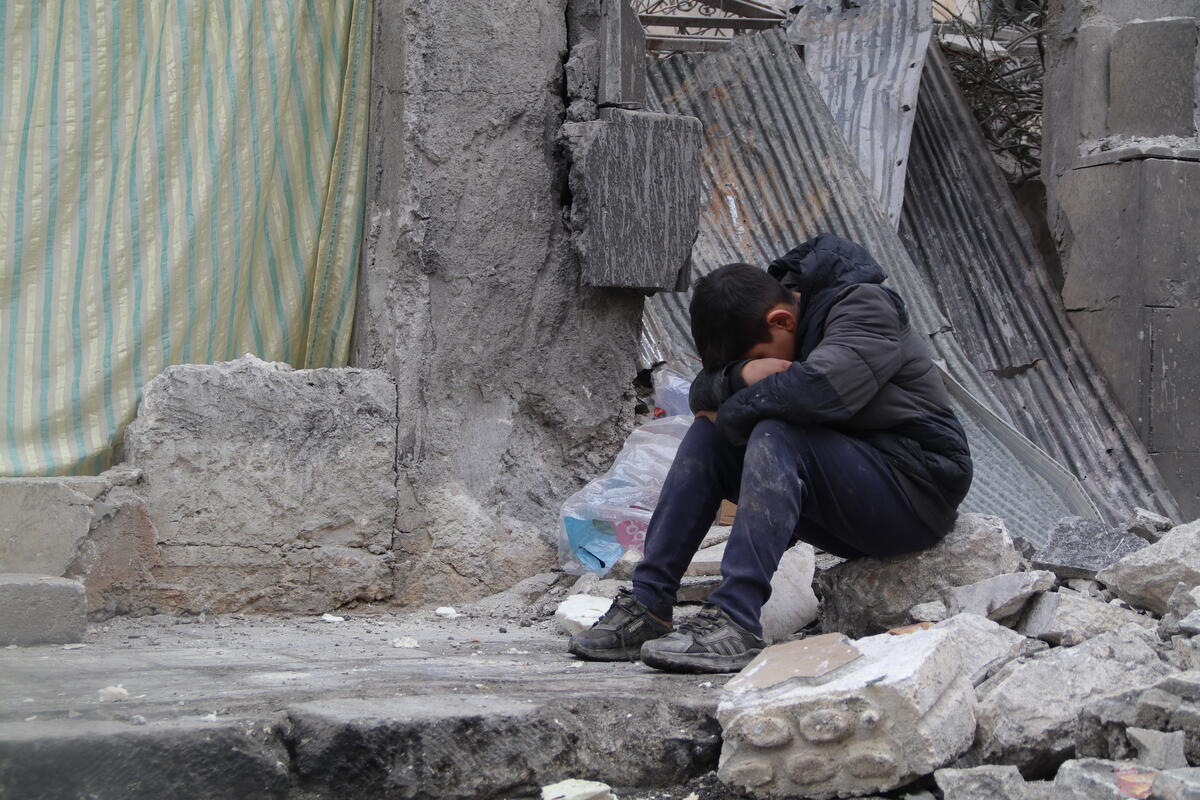
Syria — 6.1 million refugees and asylum seekers
Since 2011, the conflict in Syria has driven millions from their homes, with the majority seeking refuge in neighboring countries across the Middle East. Turkey (officially the Republic of Türkiye) hosts the largest number of Syrian refugees, while others have sought safety in Lebanon, Jordan, and Iraq.
The transition in government in late 2024 prompted more than 500,000 Syrians to return from other countries, according to UNHCR estimates as of mid-May 2025. An additional 1.2 million people displaced within Syria have also returned to their areas of origin. However, many returnees face ongoing challenges, including damaged infrastructure, limited resources, and continued insecurity.
In 2024, World Vision supported over 1.7 million people, prioritizing the well-being of children and families. After the devastating February 2023 earthquake, we launched more than 50 projects, including healthcare services, health and nutrition assistance, education programs, and psychological support sessions in schools, in partnership with local organizations. These critical efforts supported more than 1.8 million people.
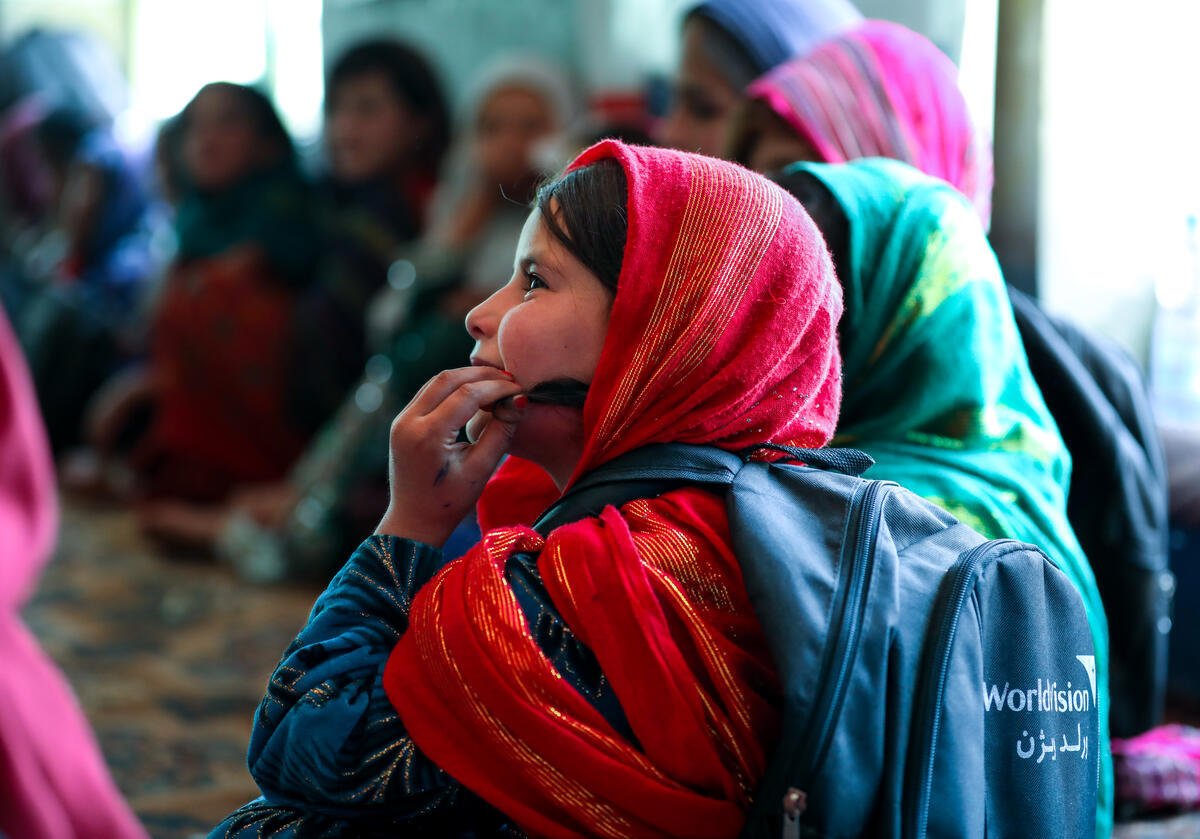
Afghanistan — 5.8 million refugees
Afghanistan is home to one of the largest long-term refugee situations globally.
World Vision serves children and families in over 3,000 villages in the northwestern provinces of Badghis, Faryab, Ghor, and Herat. Through partnerships with local community leaders in Afghanistan, we’ve implemented programs to address crises and equip these impacted communities to create positive, sustainable change. In 2023, we reached over 2.8 million people with food and nutrition assistance, healthcare, child protection, and access to clean water, improved sanitation, and hygiene support.

Ukraine — 5.1 million refugees
Since the conflict escalated in February 2022, millions of Ukrainians have been uprooted from their communities. By the end of 2024, an estimated 8.8 million people had been forcibly displaced — over 5 million as refugees in other countries, and at least 3.6 million still internally displaced within Ukraine. Impacted communities continue to face grave uncertainty, separation, and hardships as the war persists.
World Vision has been responding since the first week of the crisis. In immediate response, our staff in the region aided refugees who had crossed the Romanian border, offering essentials such as food, shelter, cash assistance, and protection against trafficking.
In our ongoing response, we’ve partnered with churches and organizations to support displaced families in Romania, Moldova, Georgia, and Ukraine, along with their host communities. As of April 2024, our staff have supported over 1.8 million across the region with essential resources such as emergency food assistance, hygiene kits, child protection programs, and much more.
Our efforts in the region have expanded to focus on long-term support, including psychosocial assistance and educational programs tailored to the needs of affected children and families.
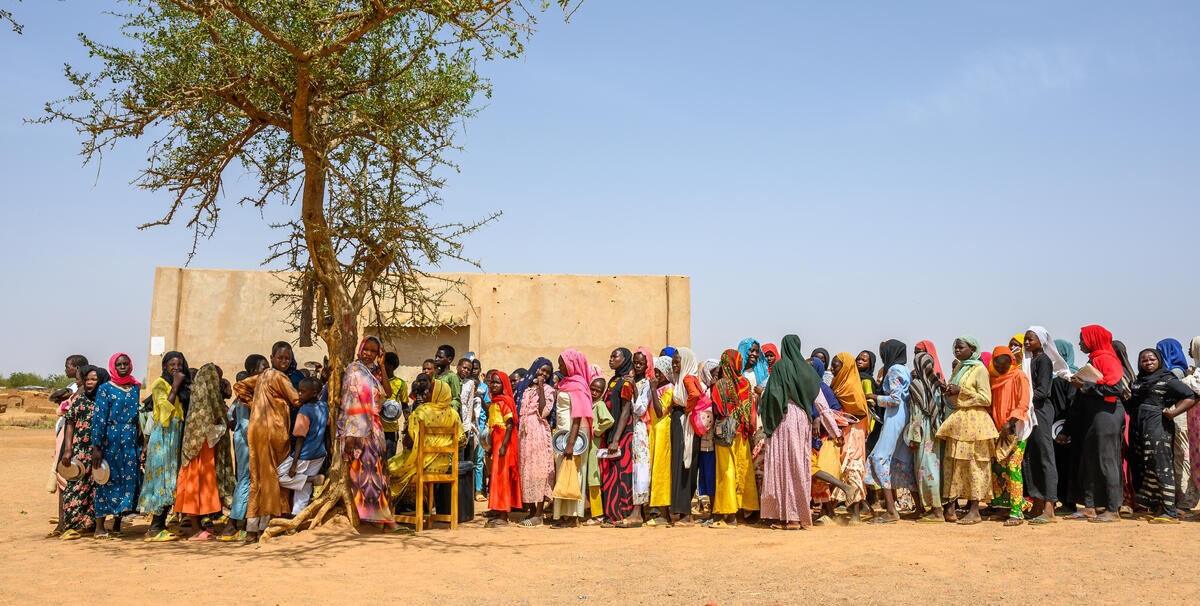
Sudan — 2.8 million refugees and asylum seekers
By the end of 2024, the conflict in Sudan had triggered the world’s largest displacement crisis, with 14.3 million people forced from their homes, according to the United Nations Office for the Coordination of Humanitarian Affairs (OCHA).
As violence continues and displacement spreads across Sudan and neighboring countries, food insecurity has reached critical levels. Even before the current escalation, about one-third of Sudan’s population struggled with daily hunger.
One of the largest humanitarian aid organizations in the country, World Vision has supported children, families, and communities in Sudan from 1983 to 1988 and again since 2004. Since April 2023, our emergency assistance programs in Sudan and the region have supported over 3.2 million people, predominantly women and children, focusing on food security, child protection, health and nutrition, and sanitation and hygiene.
Myanmar – 1.5 million refugees and asylum seekers
In Myanmar, ongoing armed violence and natural disasters, including monsoons and earthquakes, have led to widespread displacement, property damage, and heightened humanitarian needs. With 3.6 million people internally displaced, the situation continues to be complex and dire.
World Vision is actively responding to this humanitarian crisis in more than 40 townships, with plans to reach approximately 3 million people impacted by the turmoil.
For many years, but especially since 2017, people belonging to the Rohingya ethnic minority have fled Myanmar due to violence, persecution, and human rights violations, most of them crossing the border into neighboring Bangladesh. Since the beginning of the Rohingya crisis, World Vision has been delivering vital aid to children and families living in overcrowded camps in Cox’s Bazar, including food, access to clean water, sanitation facilities, shelter, and more.
